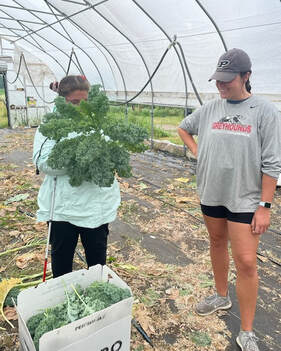
After high school, I was accepted to Purdue University and decided that I would study kinesiology with the intentions of becoming a physical therapist. Very quickly, I learned that it wasn’t for me. I took a general environmental science class at Purdue and rediscovered my love for the environment. I really reflected on what I was passionate about and wanted to do with my future. After some research, I discovered that Purdue offered a major called Natural Resources and Environmental Science. This seemed like a great fit for me because of my passion for the environment and my desire to help preserve our natural resources in any way possible.
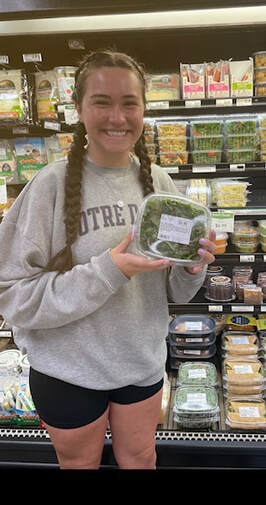
When looking for summer internship opportunities, I thought of Green Bridge and reconnected with Jan. I learned that in addition to the aquaponics greenhouse, there was a high tunnel as well as crops in the field. This summer, I have had the opportunity to use the information that I have learned in the classroom and apply my knowledge to real life situations on the farm. Knowing that there are places like Green Bridge in my community that care about sustainable farming as much as I do is very exciting. In addition to learning all about farming, I have had the opportunity to work with many wonderful volunteers and interns this summer. Knowing that there is a place like Green Bridge that provides job opportunities for young adults on the autism spectrum makes me feel very proud of my community. I love telling friends and family what I am doing this summer and sharing the story of Green Bridge Growers.
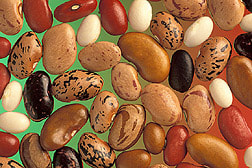
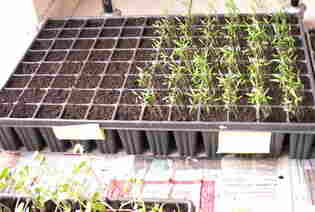
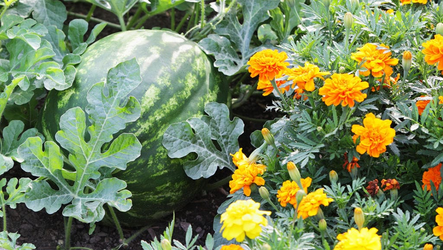
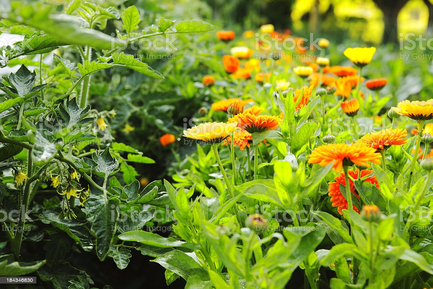
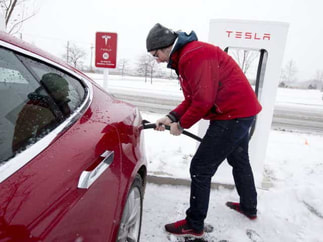

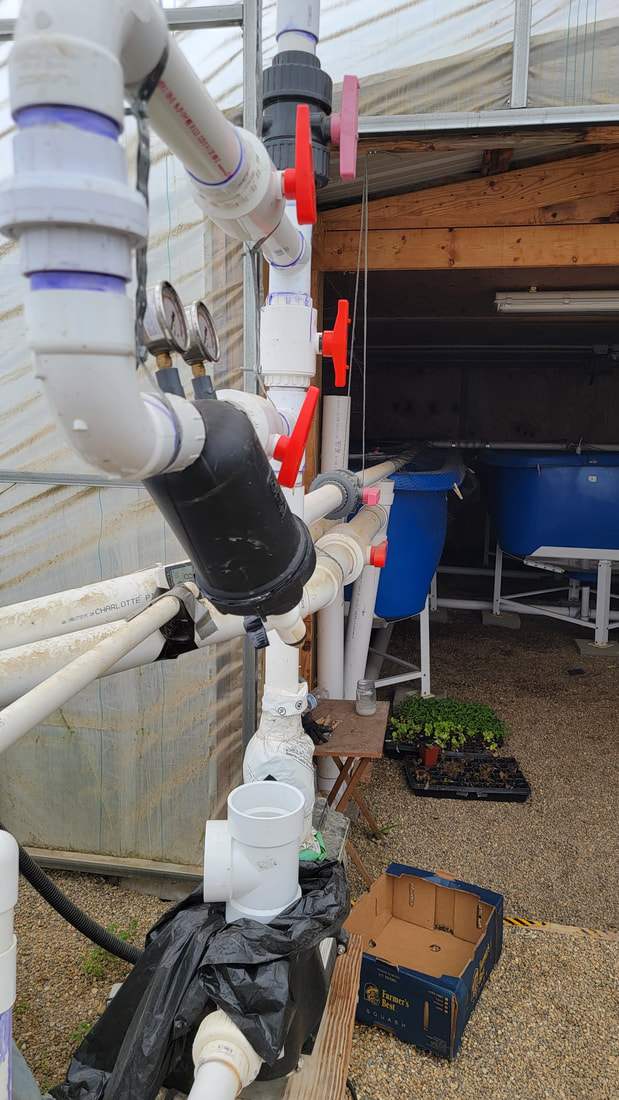
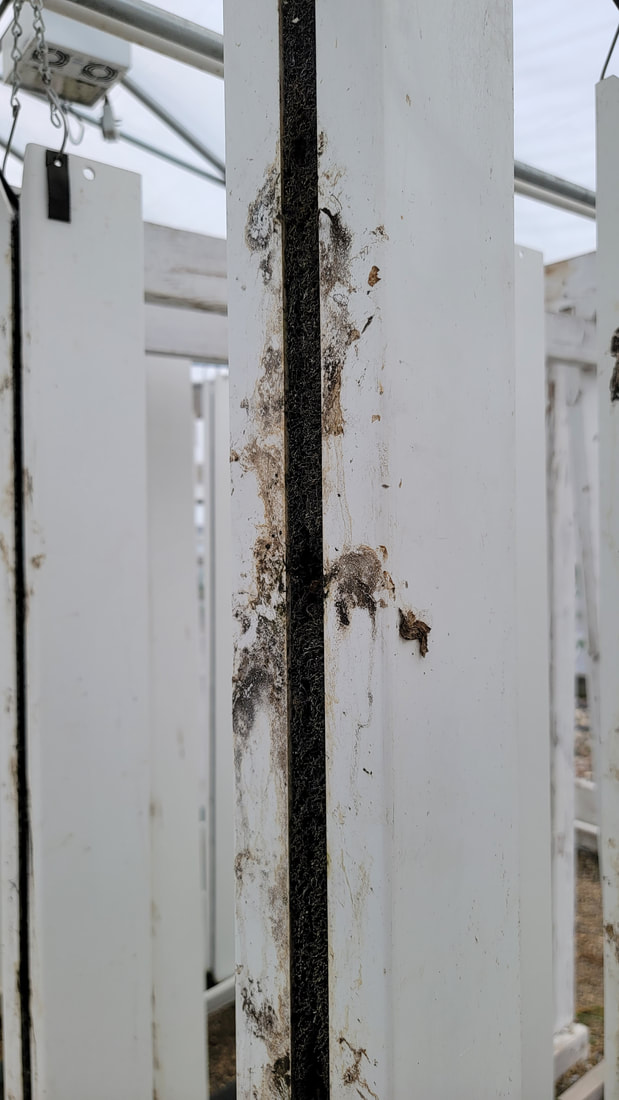
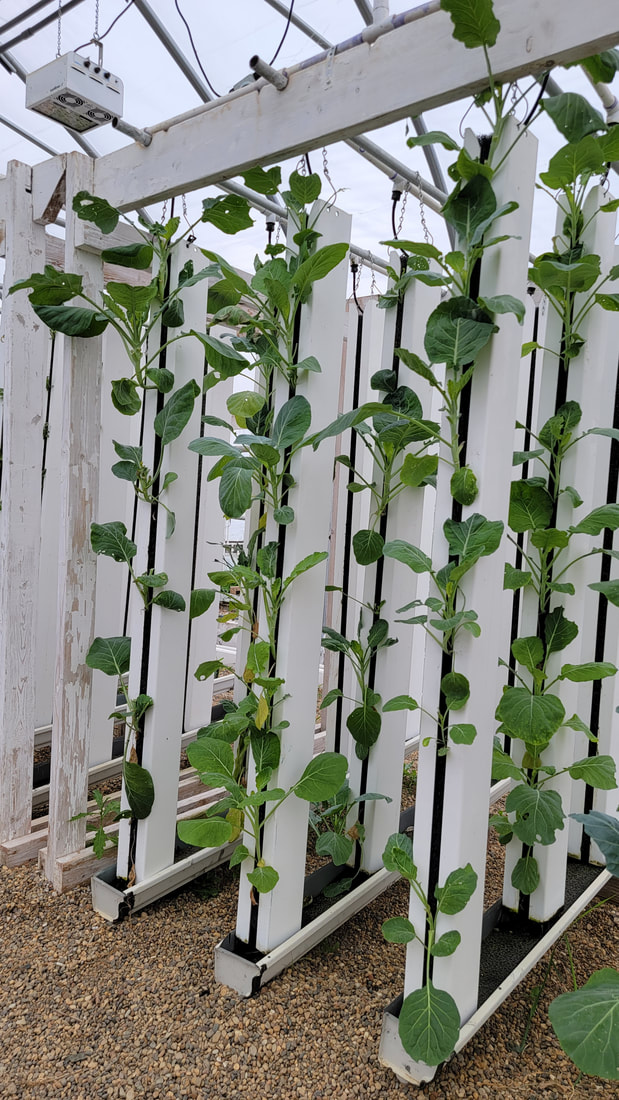
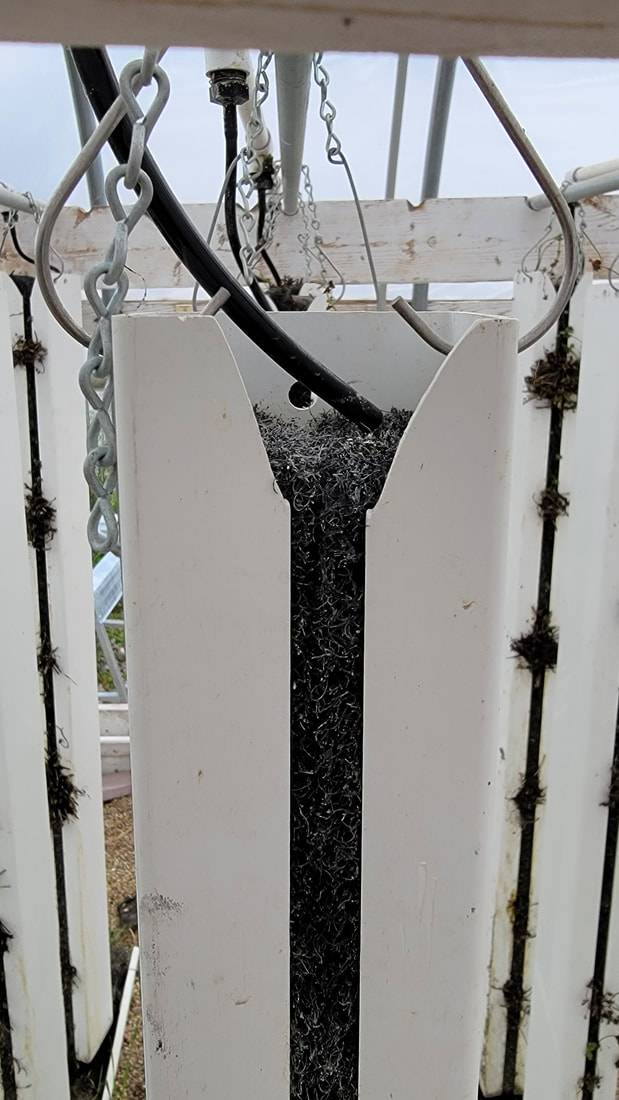
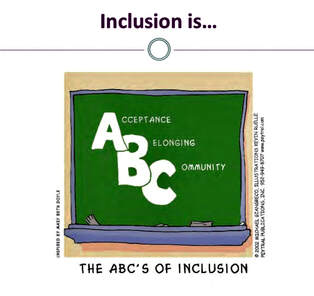
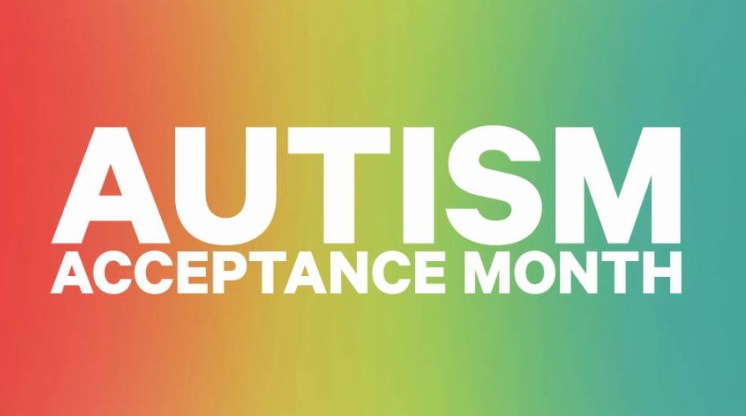
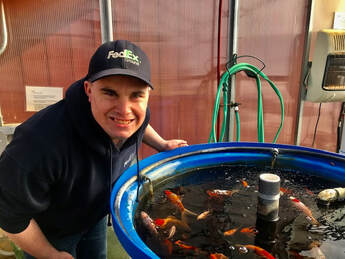
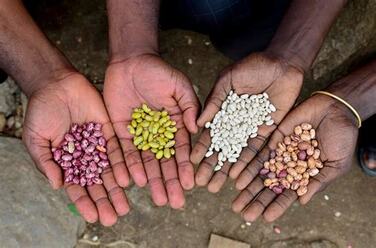
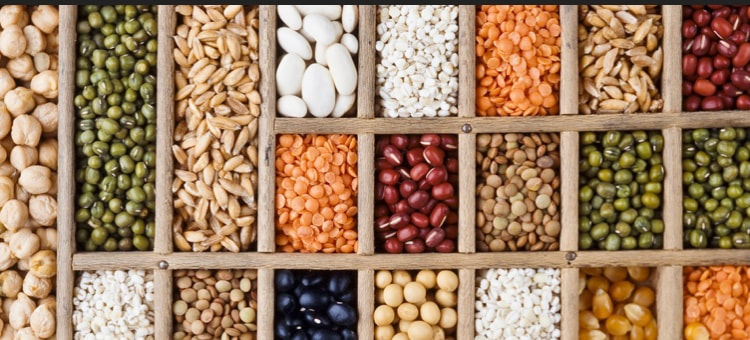
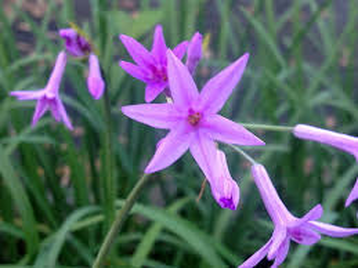
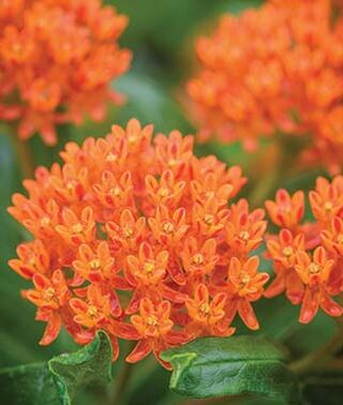
 RSS Feed
RSS Feed
